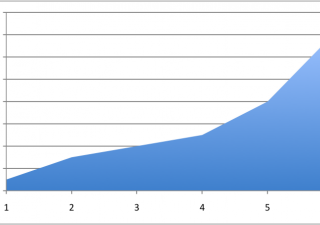Exercise is an exact science.
A training program is objectively scrutinised by the scientific method. We test baseline proficiency across components of fitness. We hypothesise that you will get better at them and construct a program with the aim of making this so. We measure and score each bout of exercise—either by overall work capacity or through the individual components of number, time, distance and force. We replicate past sessions, collect the data, plot it over time relative to previous measures and thus gauge the success of the program. We modify, then repeat the process. The result is a direct measure, in percentage terms—a constantly updated measure of improvement in exercise capacity. In CrossFit, we have a unique situation where, to a degree, the pre-test, post-test and stimulus are often one and the same.
Where this scientific method breaks down is with the absense of measurement.
Without measurement:
- We have no baseline data to work off.
- We cannot ensure overload by progressive increase in training stimulus.
- We cannot objectively gauge improvement and, therefore,
- We cannot determine whether the program has been a success and are unable to modify the program to maximise future success.
Without the measurement and recording of our data, our training is a mapless journey with no starting point, no end point, and no way to get between the two.
A lack of professionalism and responsibility from athletes sends a message, and will eventually lead to lack of interest from their coach.
Record your sessions. Review them often. Treat exercise as a science – observable, measureable, repeatable science.






